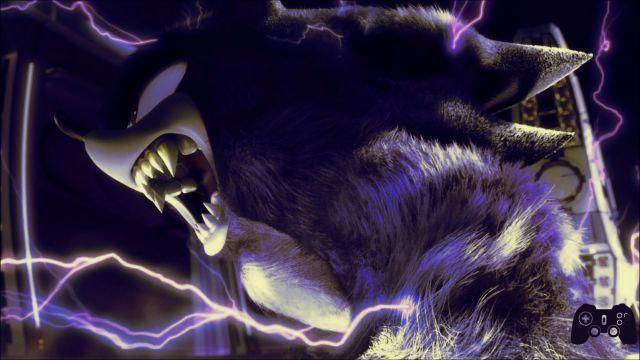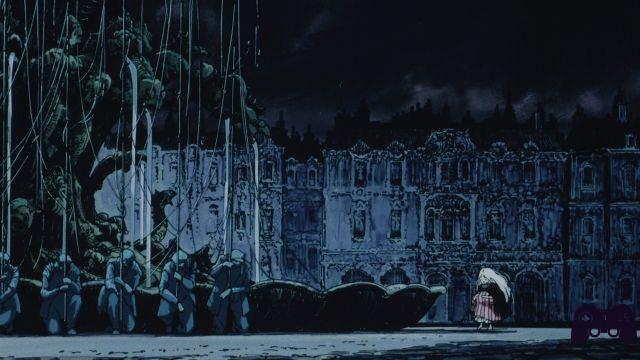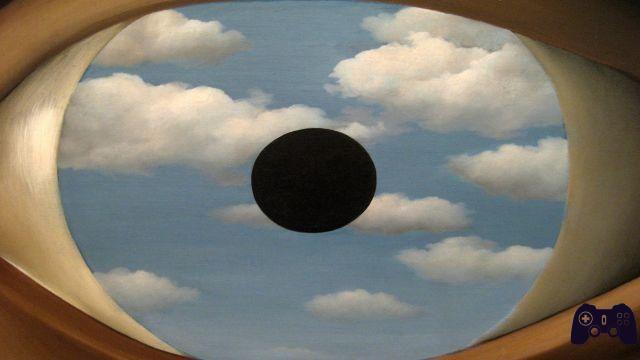
Let's try to do something crazy: let's talk di semiotics and videogames, all together.
Let's see if, without going into too much technical insights, we can observe video games with a new eye, thanks to semiotics.
Ready?
First of all, what is semiotics?
La semiotics is the general study of signs, their production, transmission and interpretation. It is that branch of studies that asks “hey, does that sign mean anything? Why does it have that meaning? And why should a person interpret it like this? ”.
I see you already confused. Don't worry, it's normal.
In fact, now I confuse you a little more. If I talk about sign, signal, index and icon, am I talking about the same thing? Well, no.
The term segno generally indicates something to which meaning is attributed. Therefore, signs, indices and icons are, in fact, all signs, even if completely different.
So don't turn up your nose if instead of using the term segno I will say icon is index. I will always be talking about semiotics, but the meaning will be different.
Be careful though!
The term segno it also has a narrower meaning, all its own.
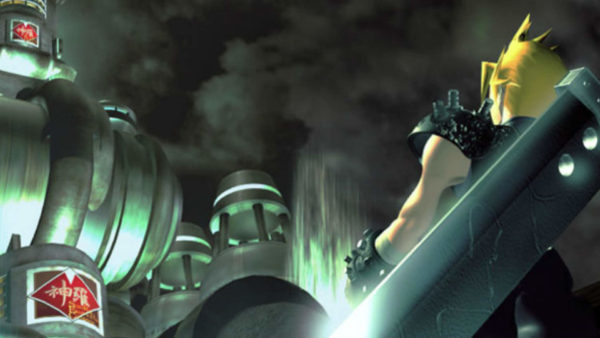
To learn more:
Final Fantasy 7 - When the JRPG met Cyberpunk
A sign is something with a meaning attributed to it by pure convention. To give a small example, what does X mean in algebra? That's the unknown, right? But why? Does the particular shape of the X, with its crossed temples, unequivocally recall something you don't know? No, it was simply decided, in a totally arbitrary way, that that is its meaning.
X = unknown. Simple.
Here, X is the sign of the unknown.
Unless it serves, however, I will use the term segno in its generic connotation.
Since we will need it in a few paragraphs, I'll explain immediately what is theicon.
THEicon it is a sign that tries to resemble the designated object as closely as possible. In short, try to reproduce it. To get an example of an icon well, just look on your computer screen. It is full of icons. Full of drawings that, thanks to the resemblance to the real object (folders, a basket, a sheet, etc.), they make you understand immediately by association what they mean.
There is no strictly cultural attribution or arbitrary choice. They resemble reality. Stop.
Are you starting to understand something? Perfect, then I'll go back to complicating.
What does all this have to do with video games?
Video games are just a mass of moving images. It makes no sense to talk about semiotics and video games together!
Mistake.
You have internalized their meaning so much that, by now, you don't even care anymore.
In semiotics it is defined semiosis the process by which something takes on the function of a sign. Or, when a graphic actually becomes something that means something else. Believe it or not, what makes the difference is the interpreter, the one who has to read the sign.
THEinterpret sees the sign and, based on the general context in which it is inserted, he can understand its meaning.

Miyazaki and storytelling.
Now, let's play a substitution game. Put "player" in place of "interpreter", "game world" in place of "context" and "game architecture" in place of "sign".
What comes out?
The player is able to understand the game architecture based on the game world.
BAM!
The planets begin to align.
We have what we need, now let's get to the heart. Let's combine these semiotic concepts with video games.
Let's take a platform game that I'm sure you know: Super Mario Bros..
A first glance is enough to realize that it is dotted with icons. Green pipes, bricks, flags, clouds, the same floor can be categorized as an icon, and so is the castle at the end of the level. Icons everywhere, all well placed to create our game world.
So, you have icons that build your game world and that, from experience and the similarity they have with reality, make you understand where you can walk, run, slide ...
A little more particular is the magma.
Il magma represents theicon of fire and, at the same time, is index which warns you that you could burn yourself and die by touching it.
Yup, index. What's this?

video games and cross-media
The index it is a consequence, that is, a sign with an unintended natural meaning. For example, do you see any smoke? Perfect, the smoke indicates a fire; neither it is a natural and unintended consequence.
Within each level then we have the classic yellow blocks with the above question mark. Here, the question mark is a linguistic sign. Placed at the end of a sentence, it turns it into a question mark, while here it indicates to the player that something is hidden inside it. Then the experience takes over to tell you that to get what that yellow block with a mark on it hides you have to hit it with a leap.
It all seems so obvious, doesn't it?
What if your language system doesn't include the question mark? It is not a universal sign. No sign is. In this case the experience would help you: by dint of meeting them you would understand that that strange scribble means that there is something there. That scribble becomes your unknown, your X.
This set of signs, indexes and icons allows the game designer to create the game world and test your player skills. The game designer places that sign there giving it a certain meaning, then it's up to you players to interpret it.
Now let's change the video game and change the use of semiotics. Let's take the character of Link, of the series The Legend of Zelda.
One of the intentions of the developers here is to enhance the player's identification process with his virtual counterpart: Link.
Playing any chapter of The Legend of Zelda you can see that Link never speaks, except for a few "Yes" and "No". Despite this, we players end up perceiving him as a talking character. How is it possible?
It happens because the player's perception is manipulated through a process of virtual semiosis.
When we interact with an NPC (non-playable character) the game never shows us Link's dialogue lines, but makes the NPC automatically respond to hypothetical phrases. His answers contain enough linguistic indices to make us guess what question or answer Link may have given.
For example:
PNG: Hey, do you prefer to plant flowers or go sailing?
Link: …
PNG: Me too! When they bloom then they are so fragrant. They bring joy!
What was Link's response in your opinion?
We have some linguistic indices it's a context in the NPC's response, but we, the player, complete it all interpreting these signs.
What happens instead when i signs are a fundamental element to understand the psyche of a character?
That's what happens in Hellblade: Senua's Sacrifice, where at the center of the game is the psychosis of the protagonist, Senua.
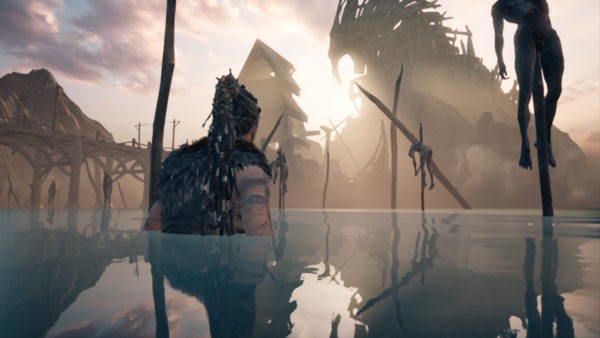
To learn more:
Hellblade: Senua's Sacrifice: Darkness must be fought without fear.
In addition to the narrative itself, the parts of the puzzles in the gameplay are intended to engage the player and make him experience the effects of the disease as much as possible.
So here you have to explore the environment by joining points and finding signs in an obsessive pathological research. The broken branches of a tree in perspective with some stilts show you the sign you were looking for: you can breathe a sigh of relief and continue.
Explore and observe.
In this way you will begin to see the environment and interpret it according to those signs. The more you enter this pattern, the more you will understand Senua and her disease, in a continuous mechanism of environmental semiosis.
You would be surprised to find out in how many fields semiotics operates.
Talking about semiotics and video games in so few lines is absurd, I know; but I hope I have managed to make you understand that there is always something more.
They are never simple yellow cubes, and they are never simple video games.




